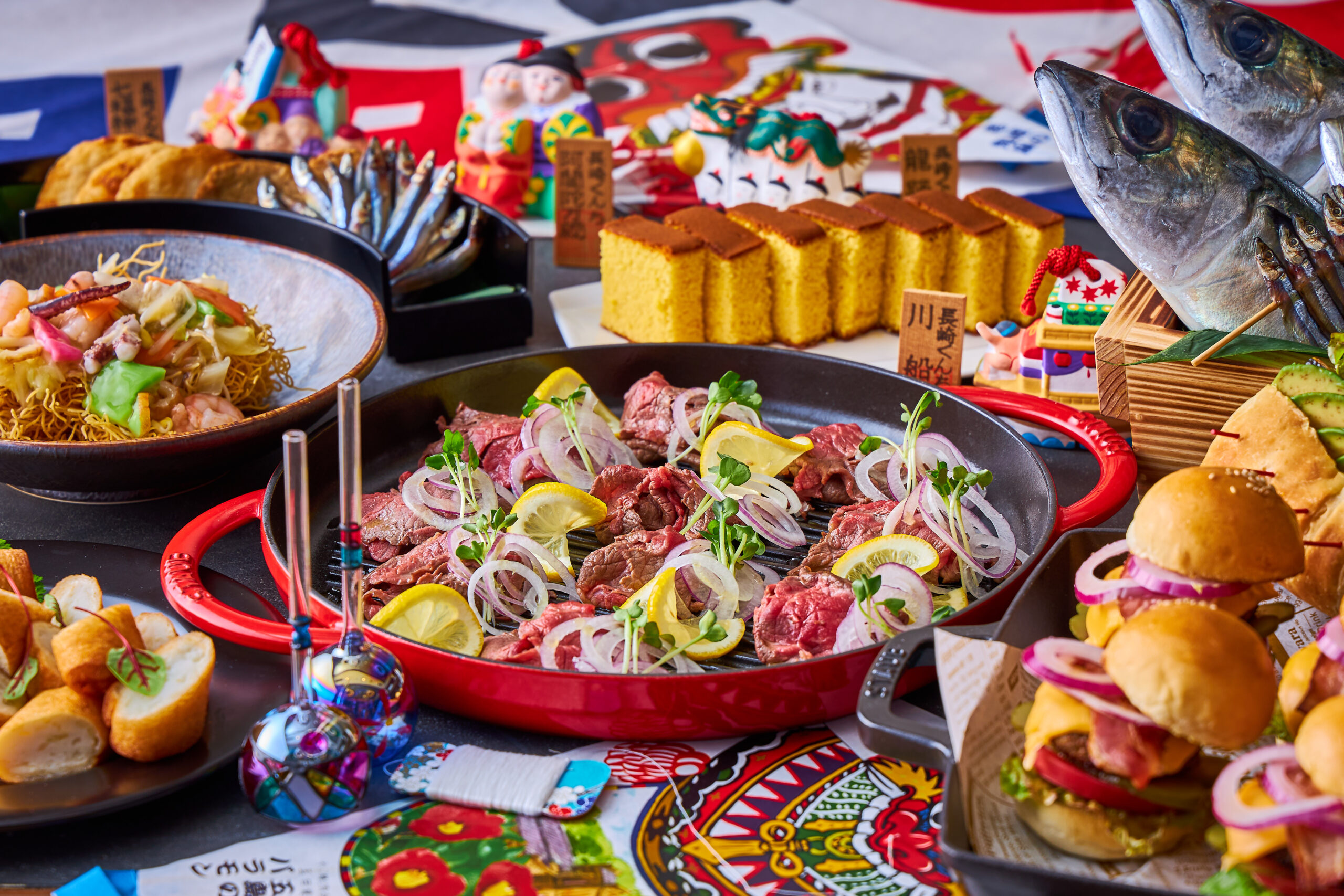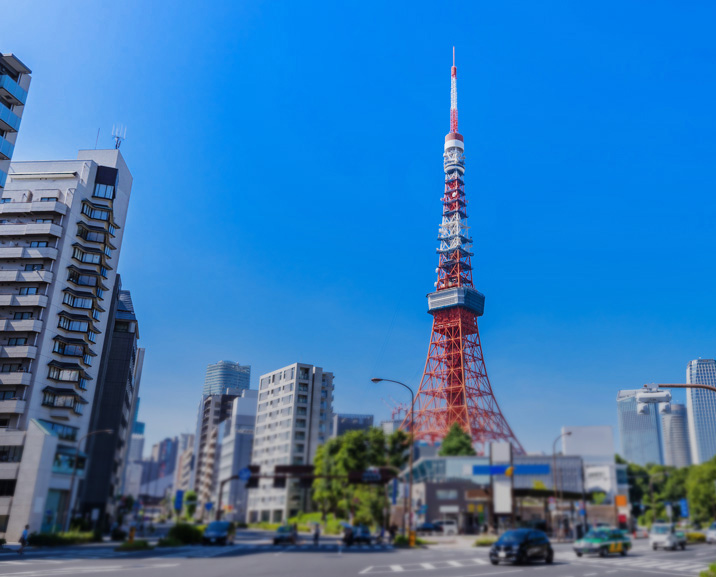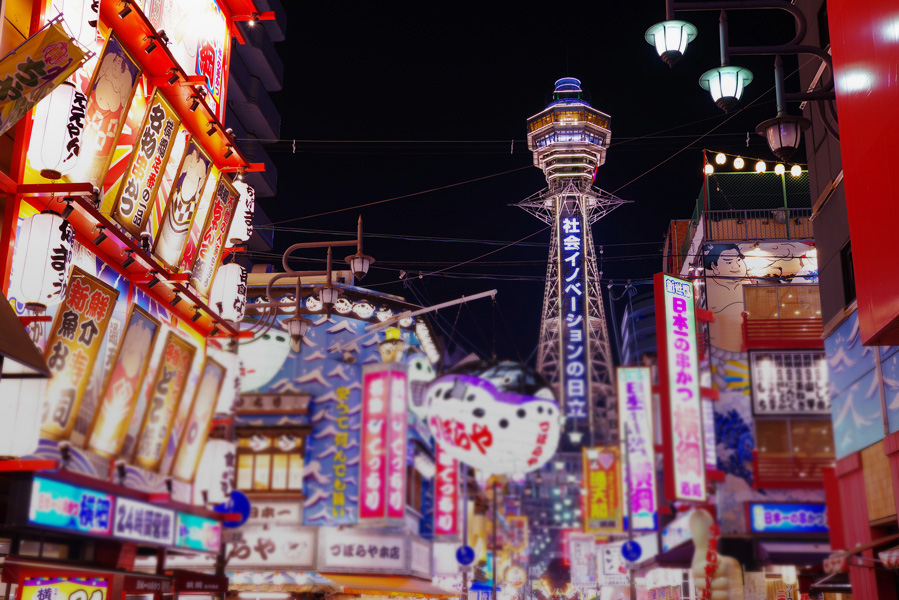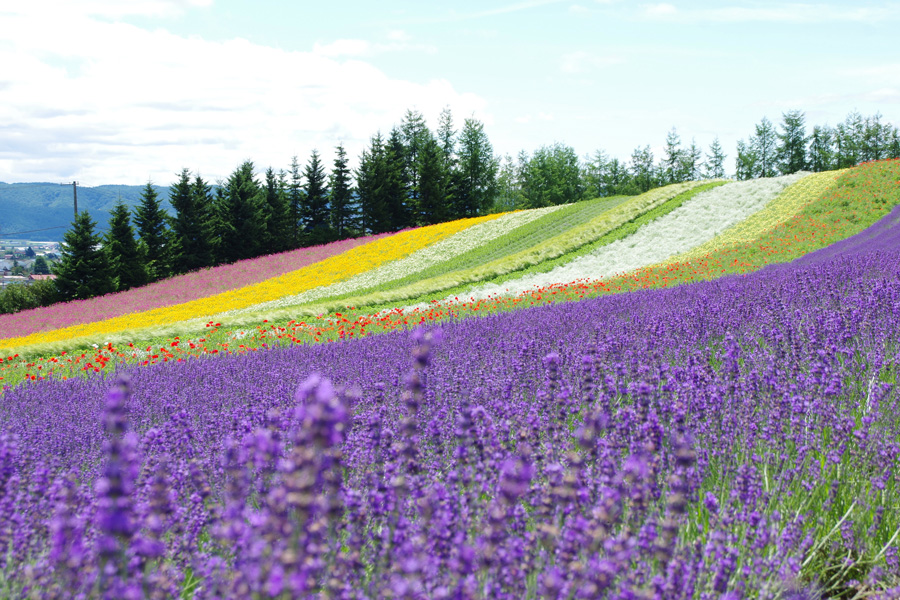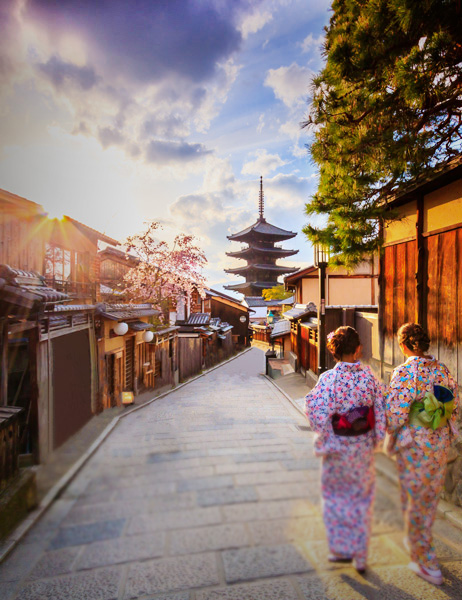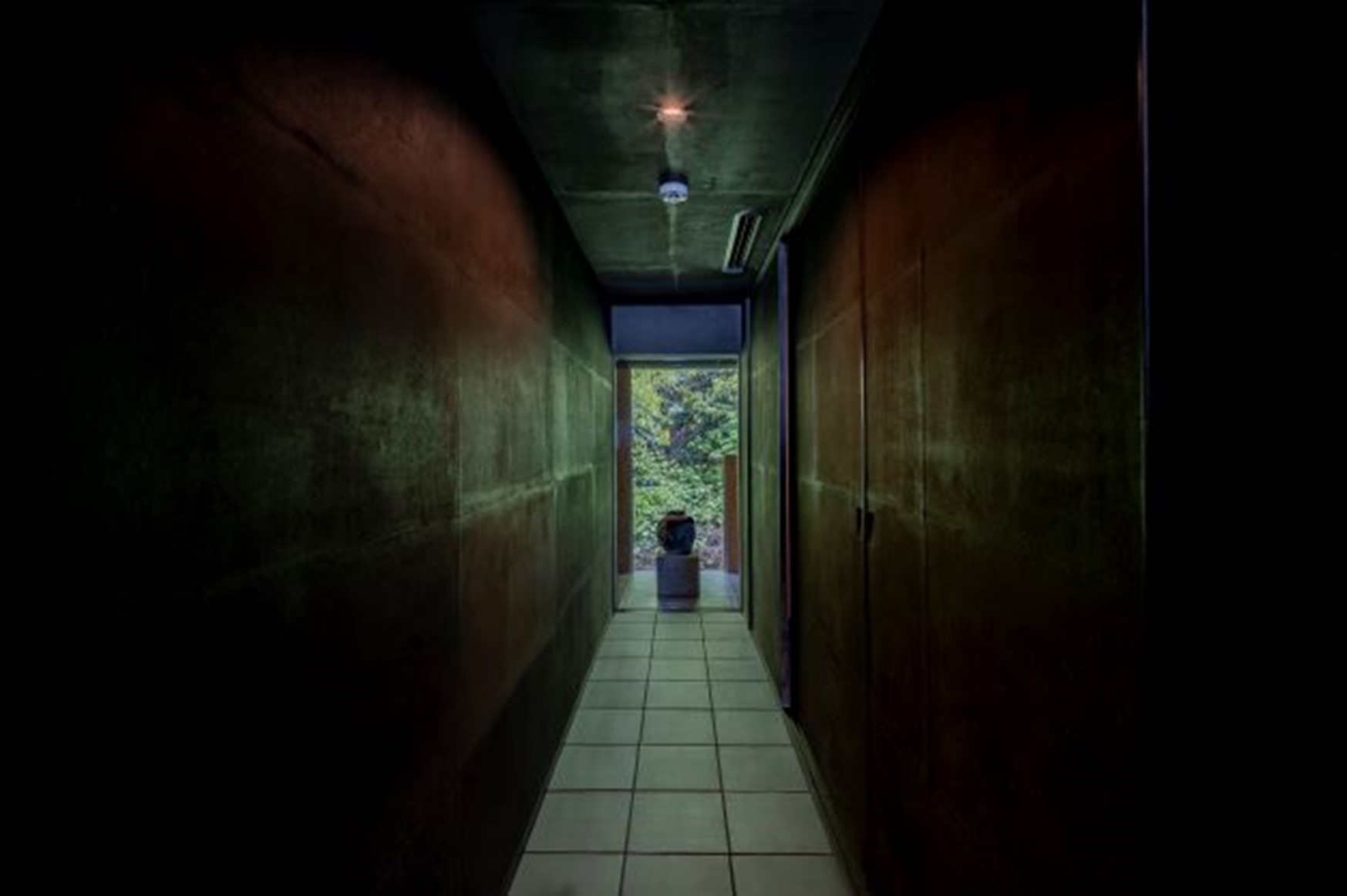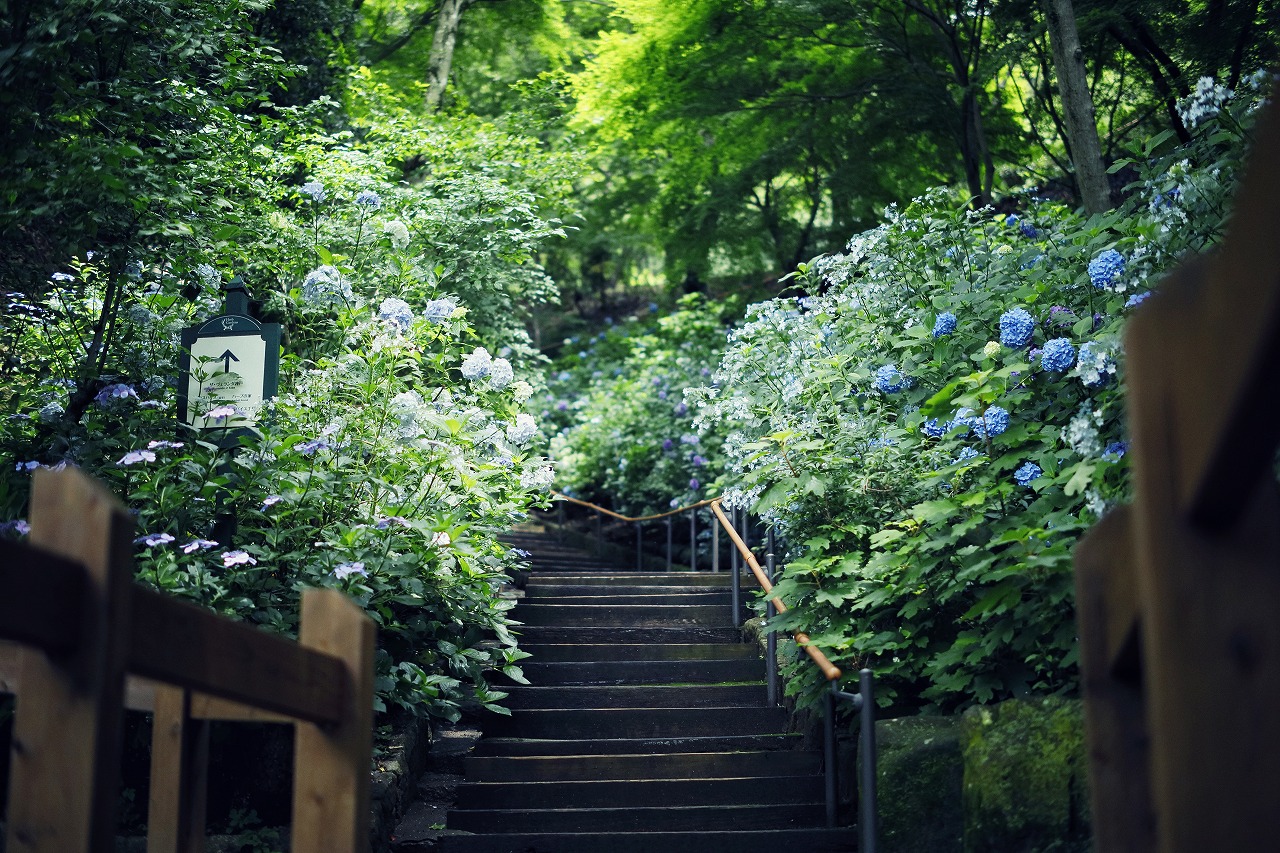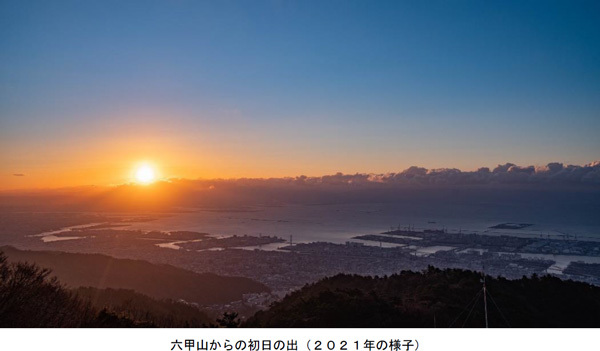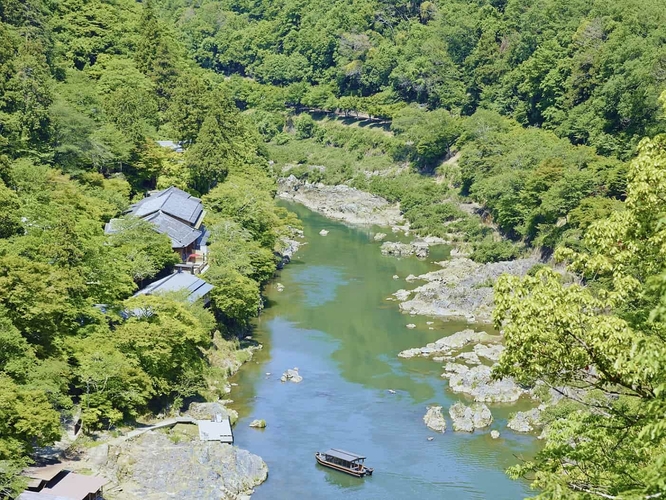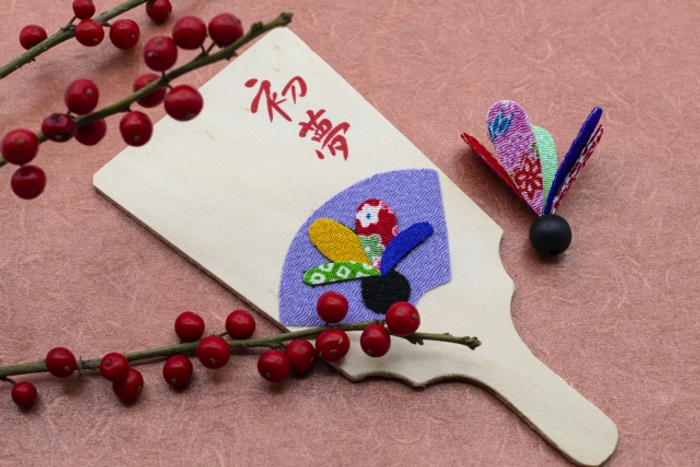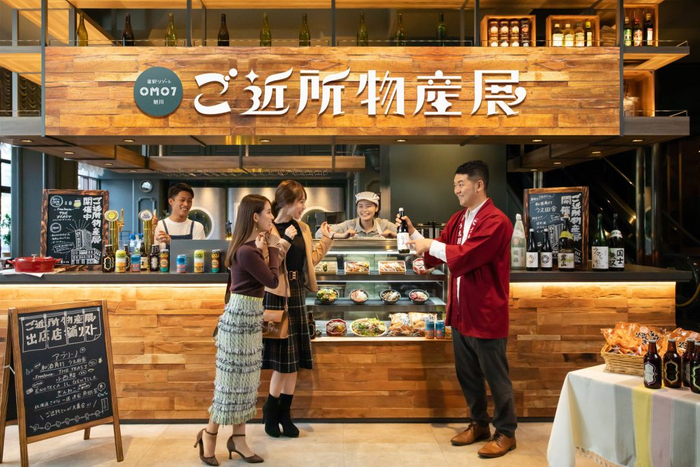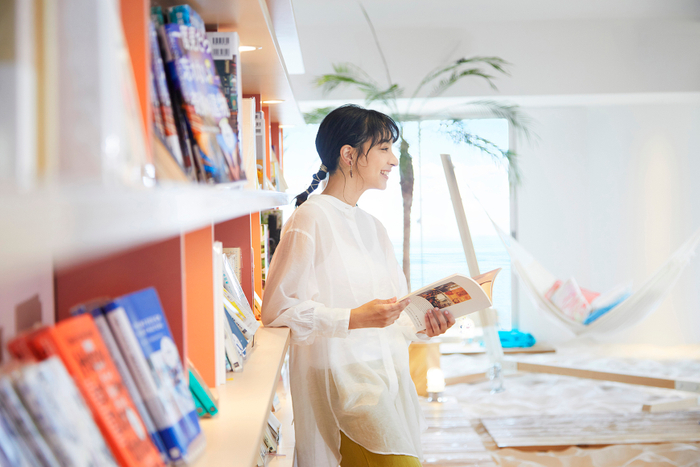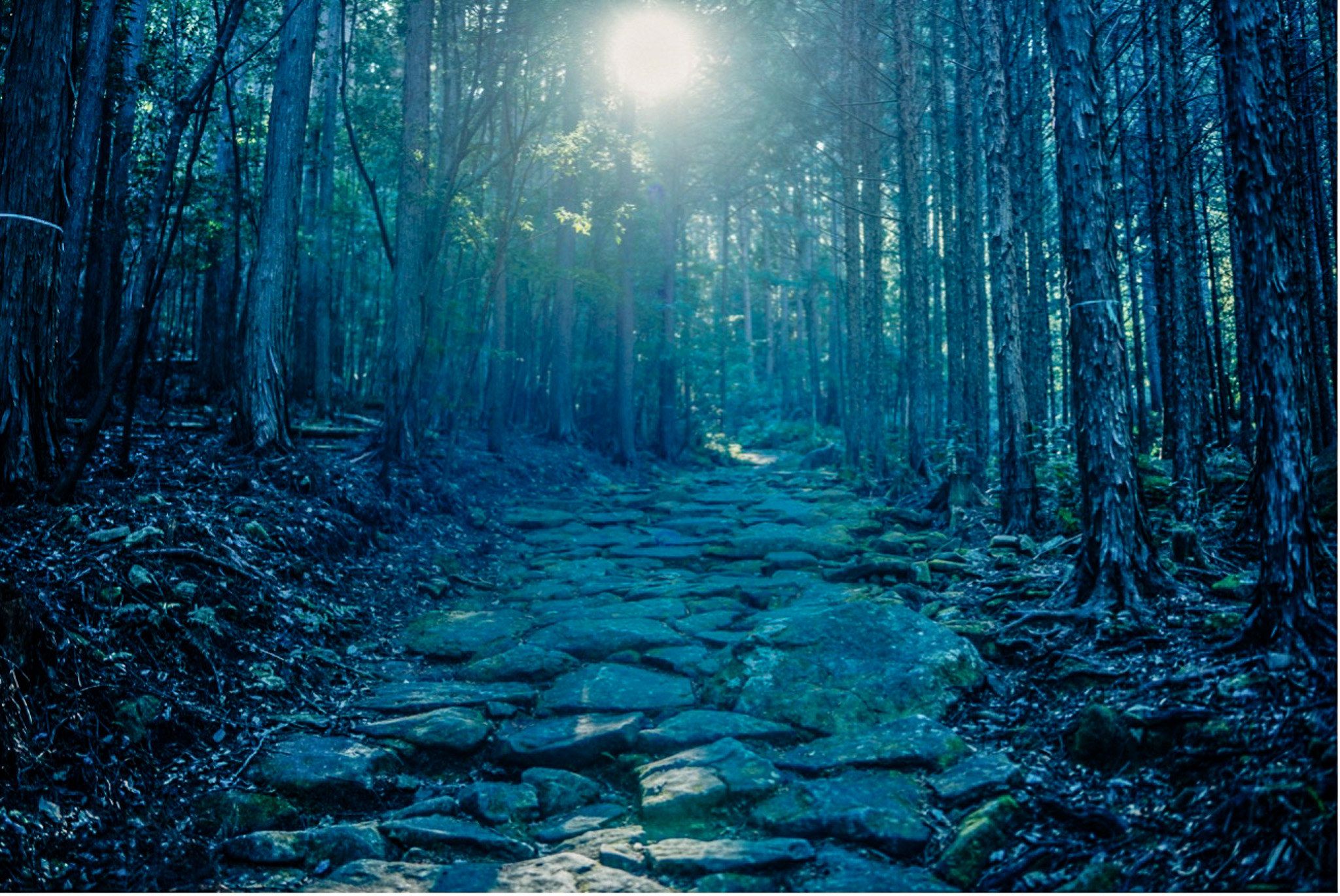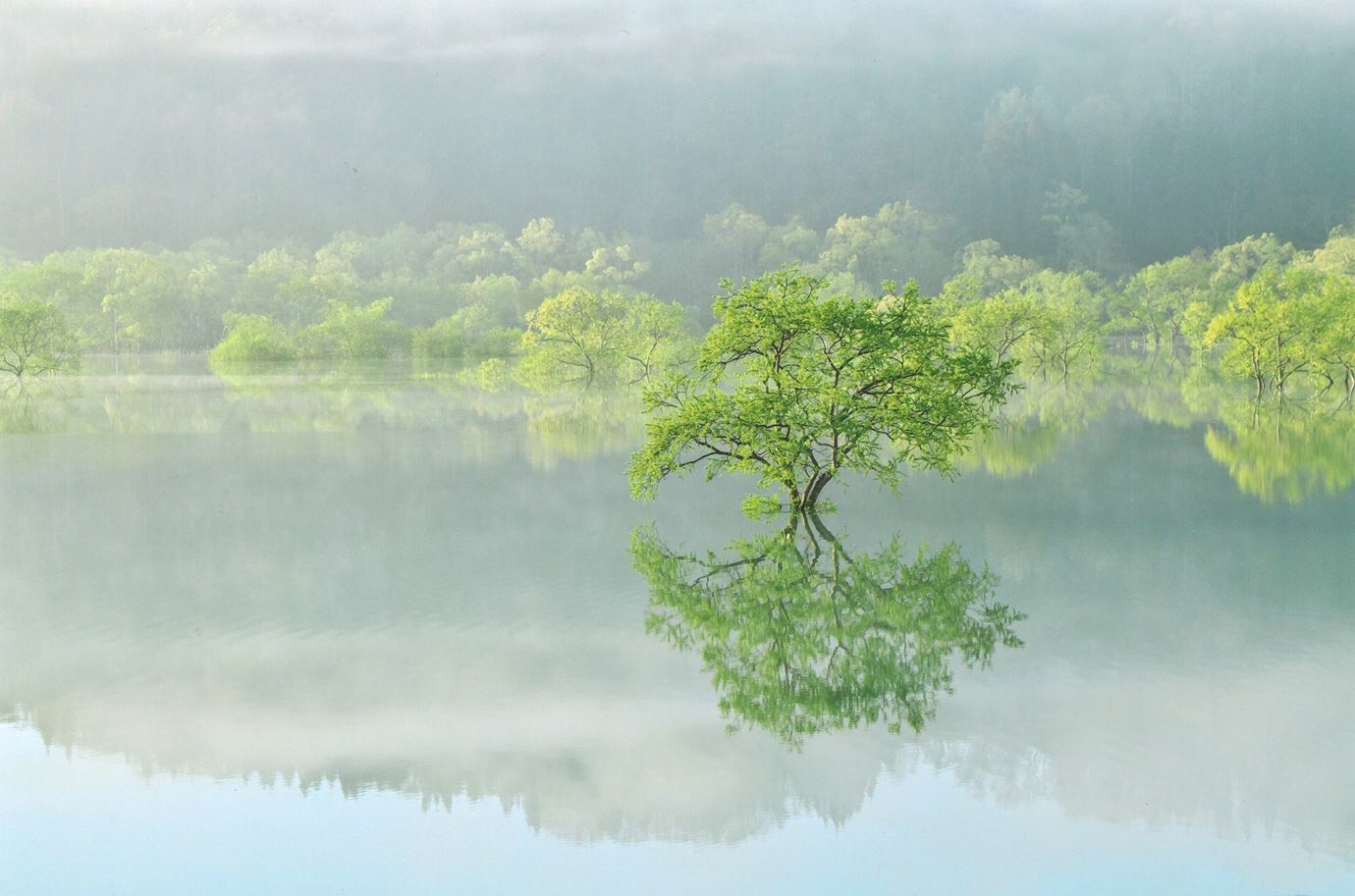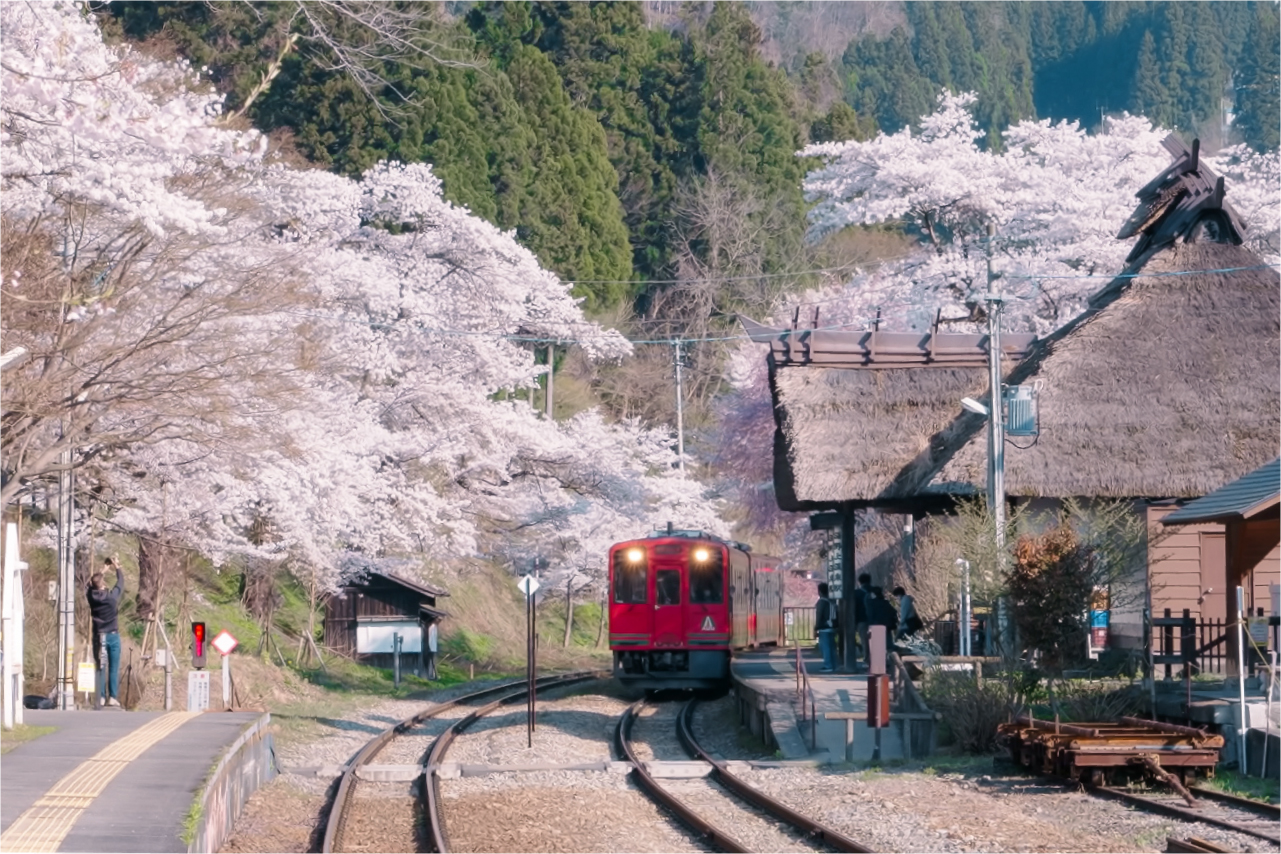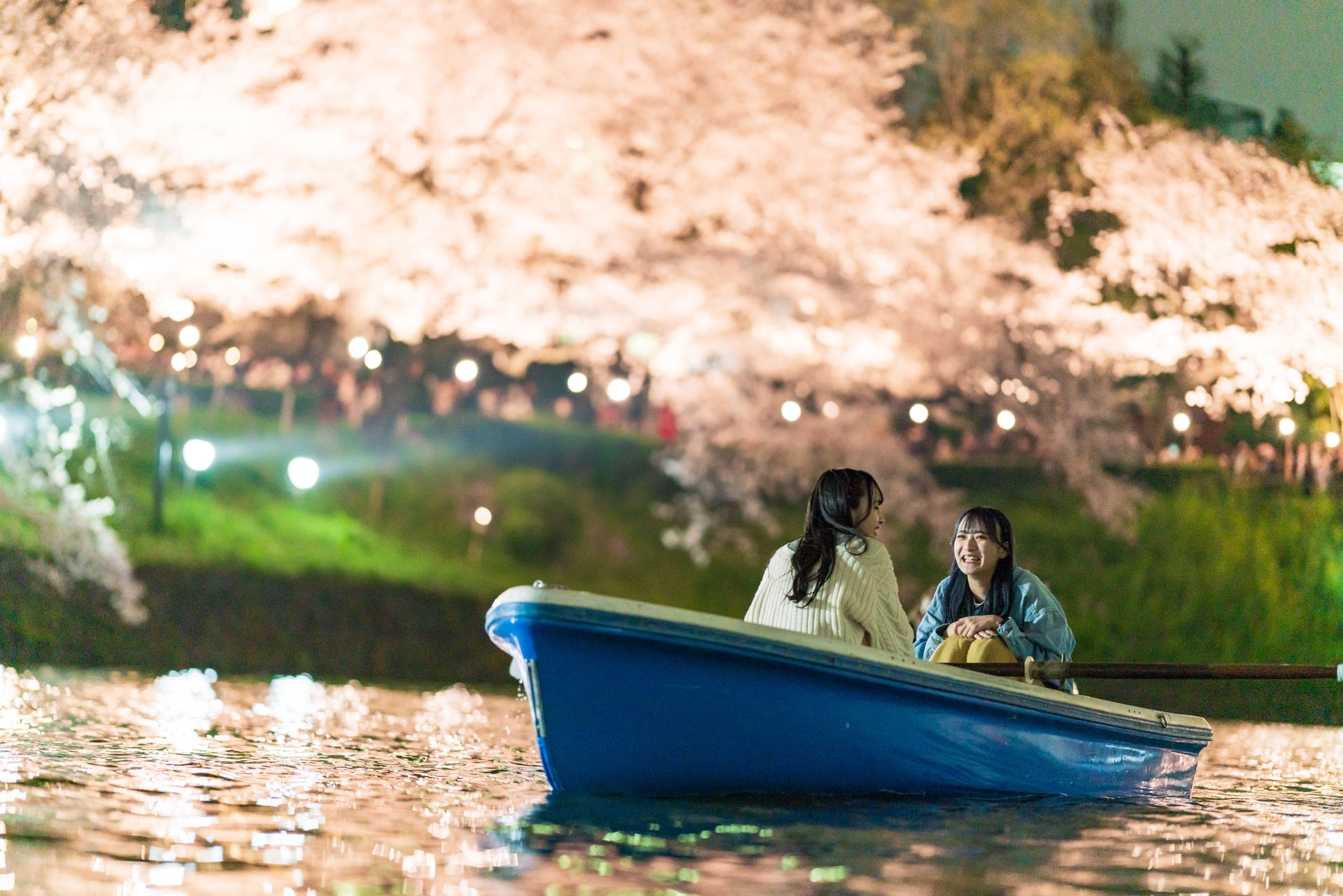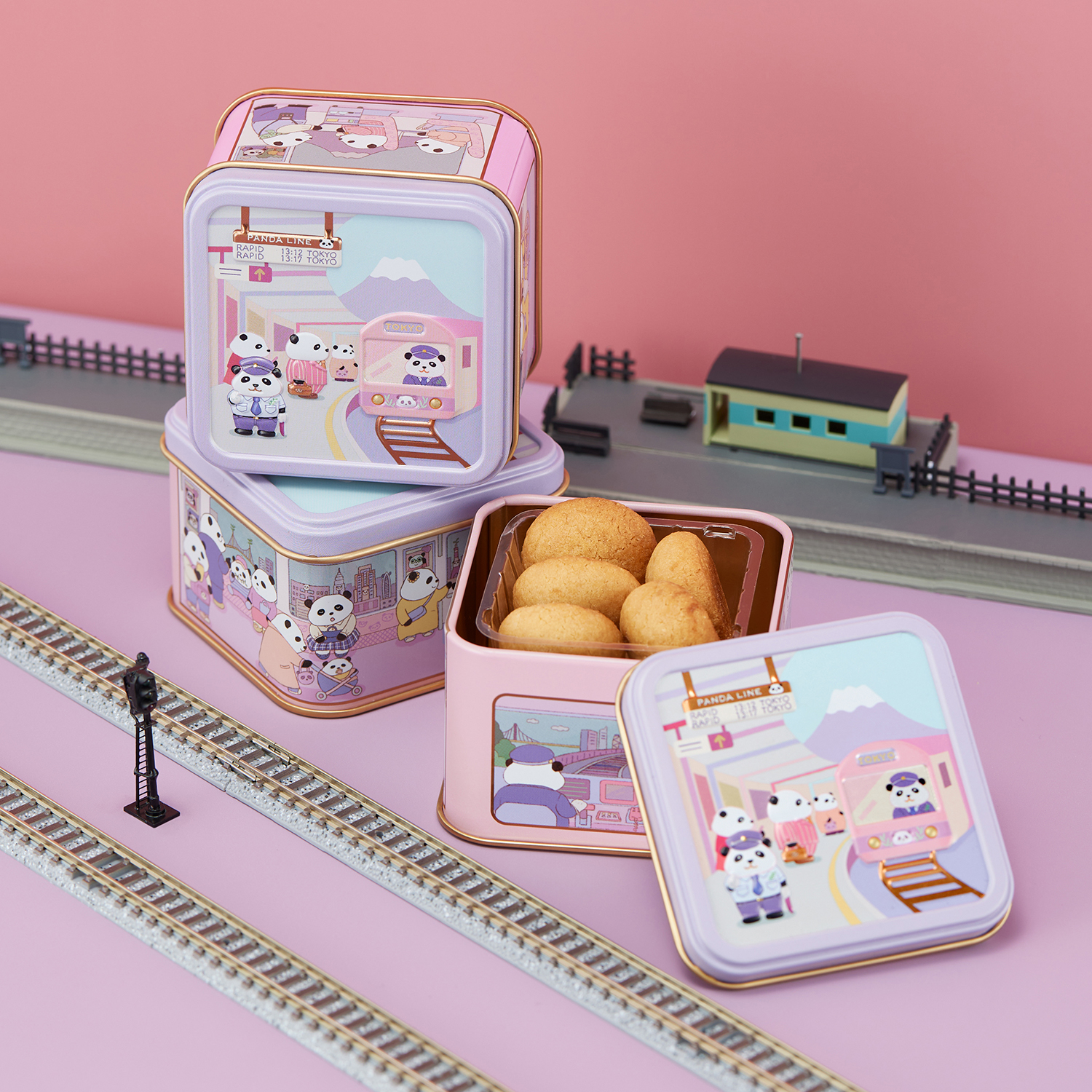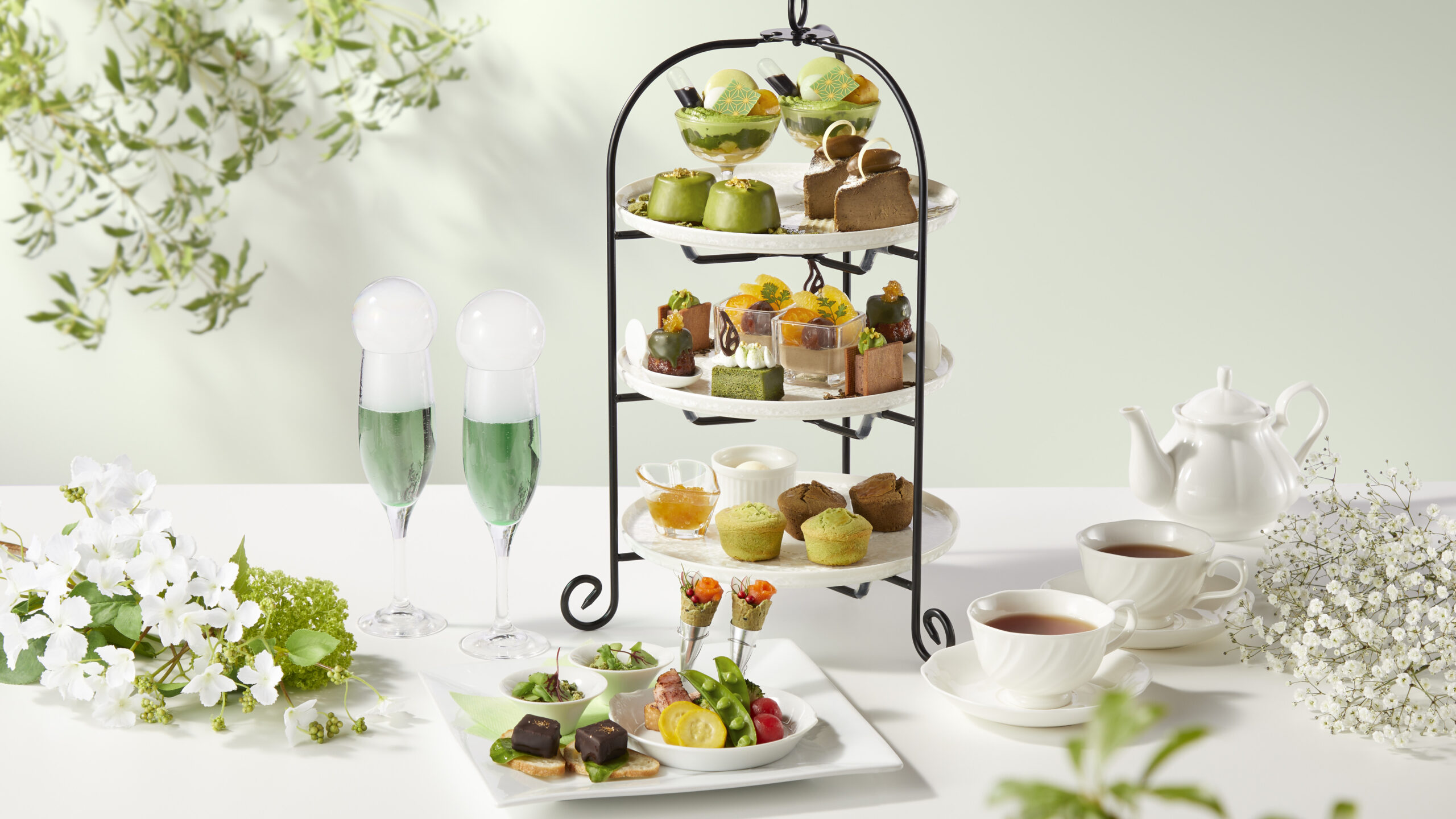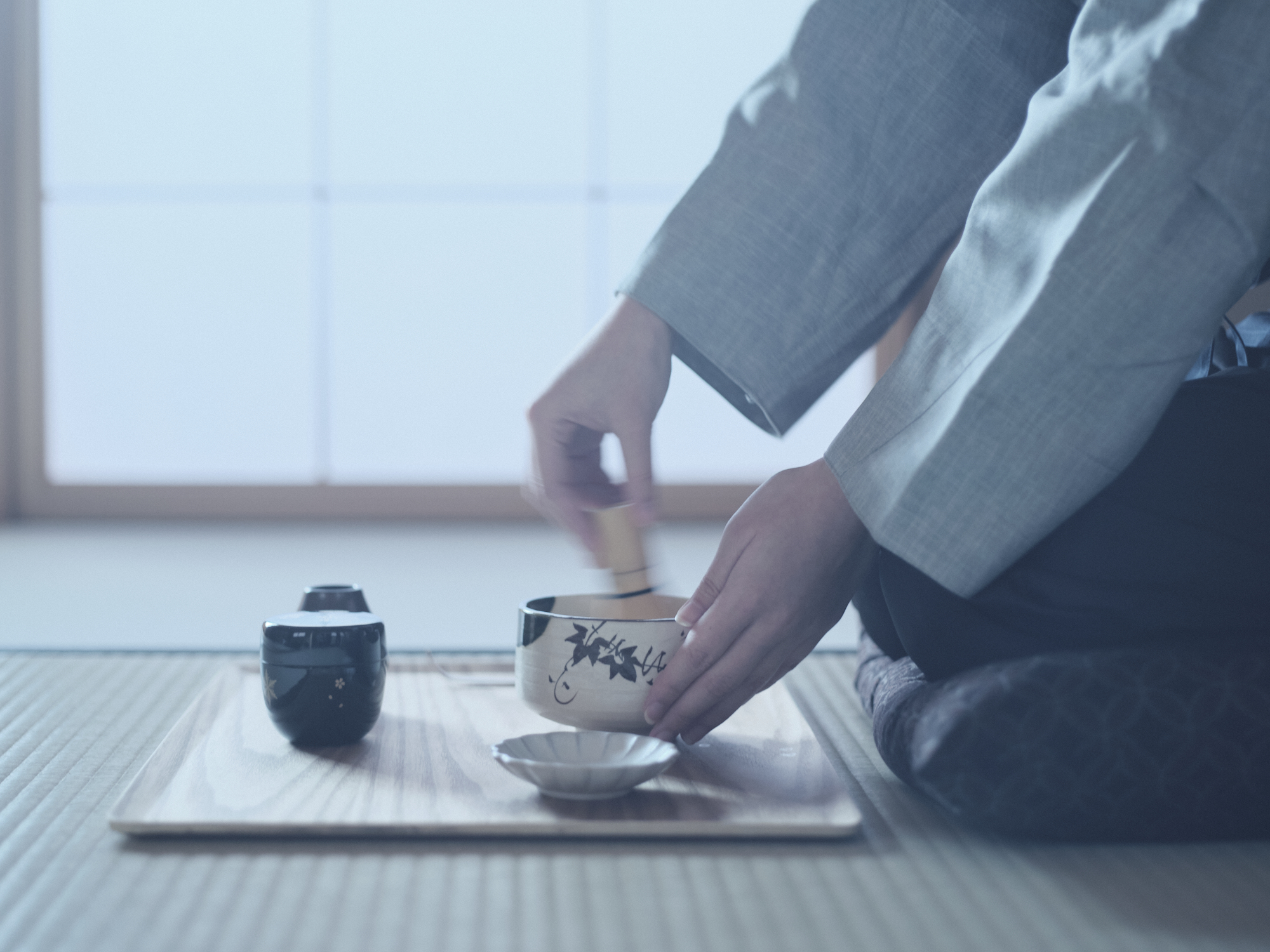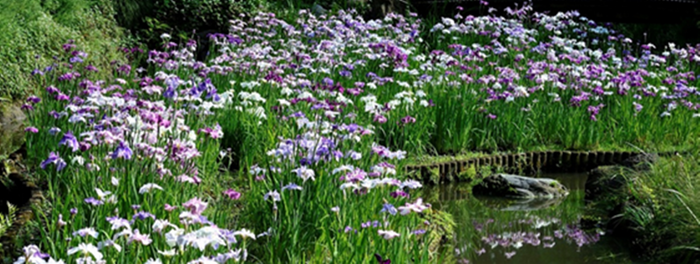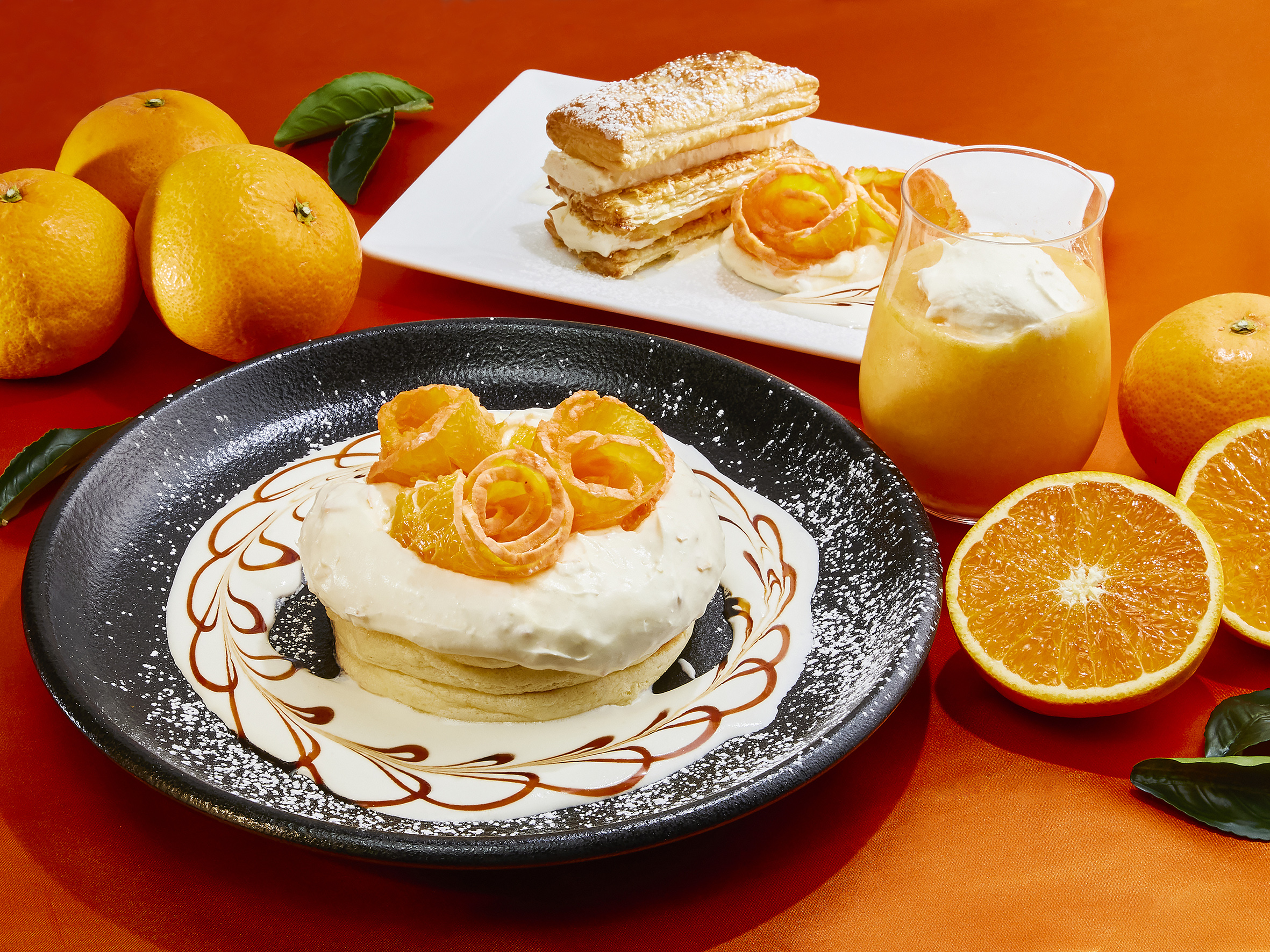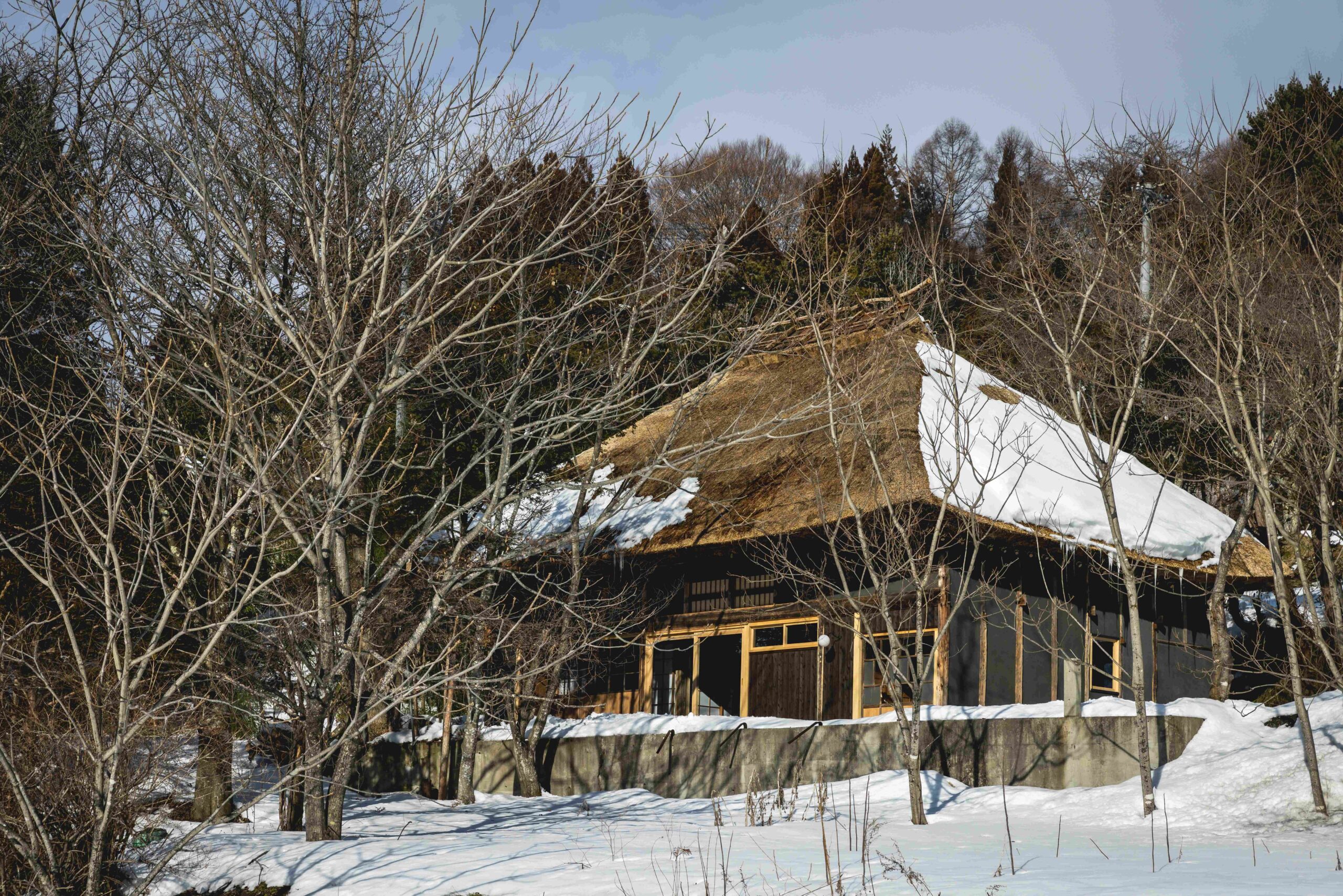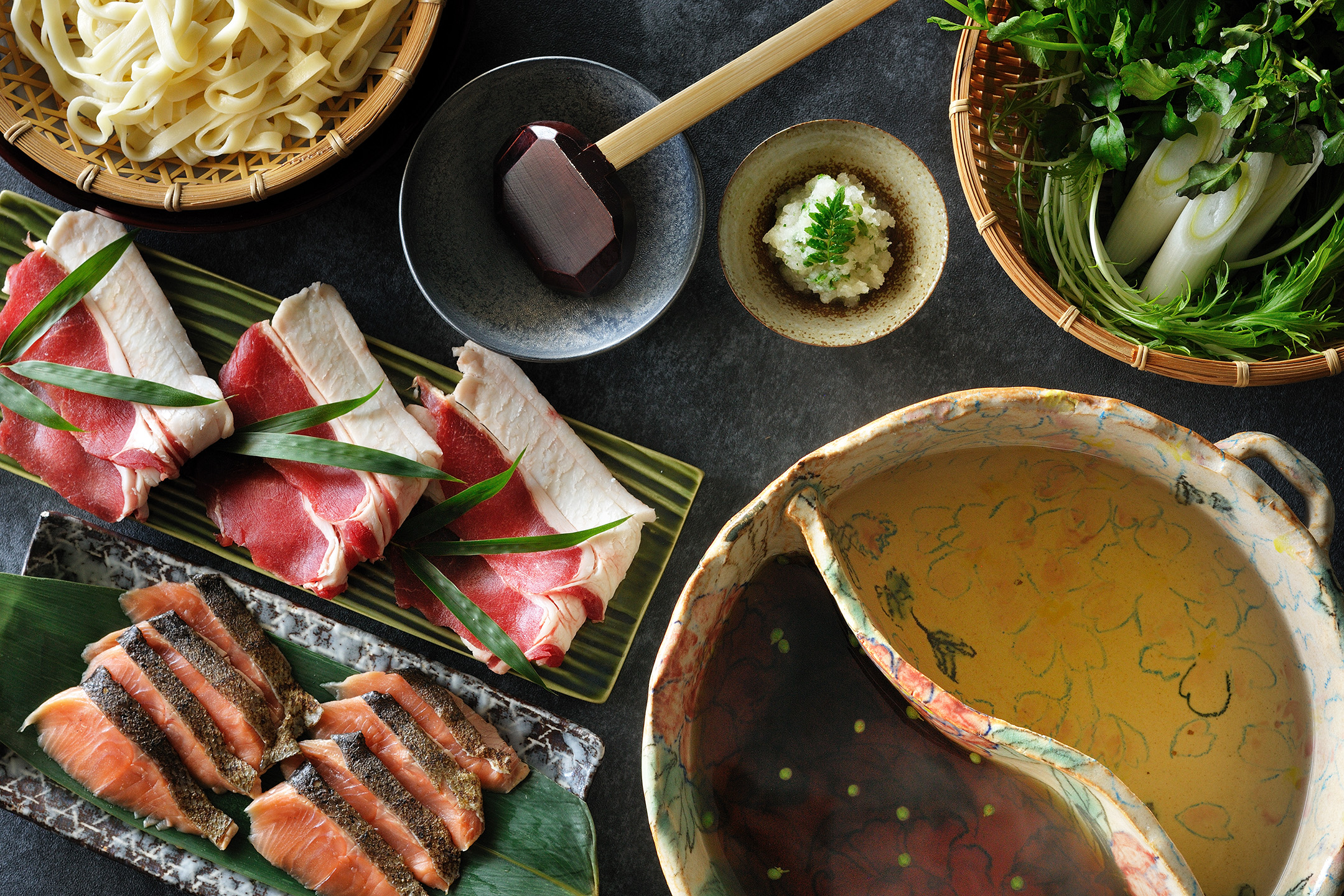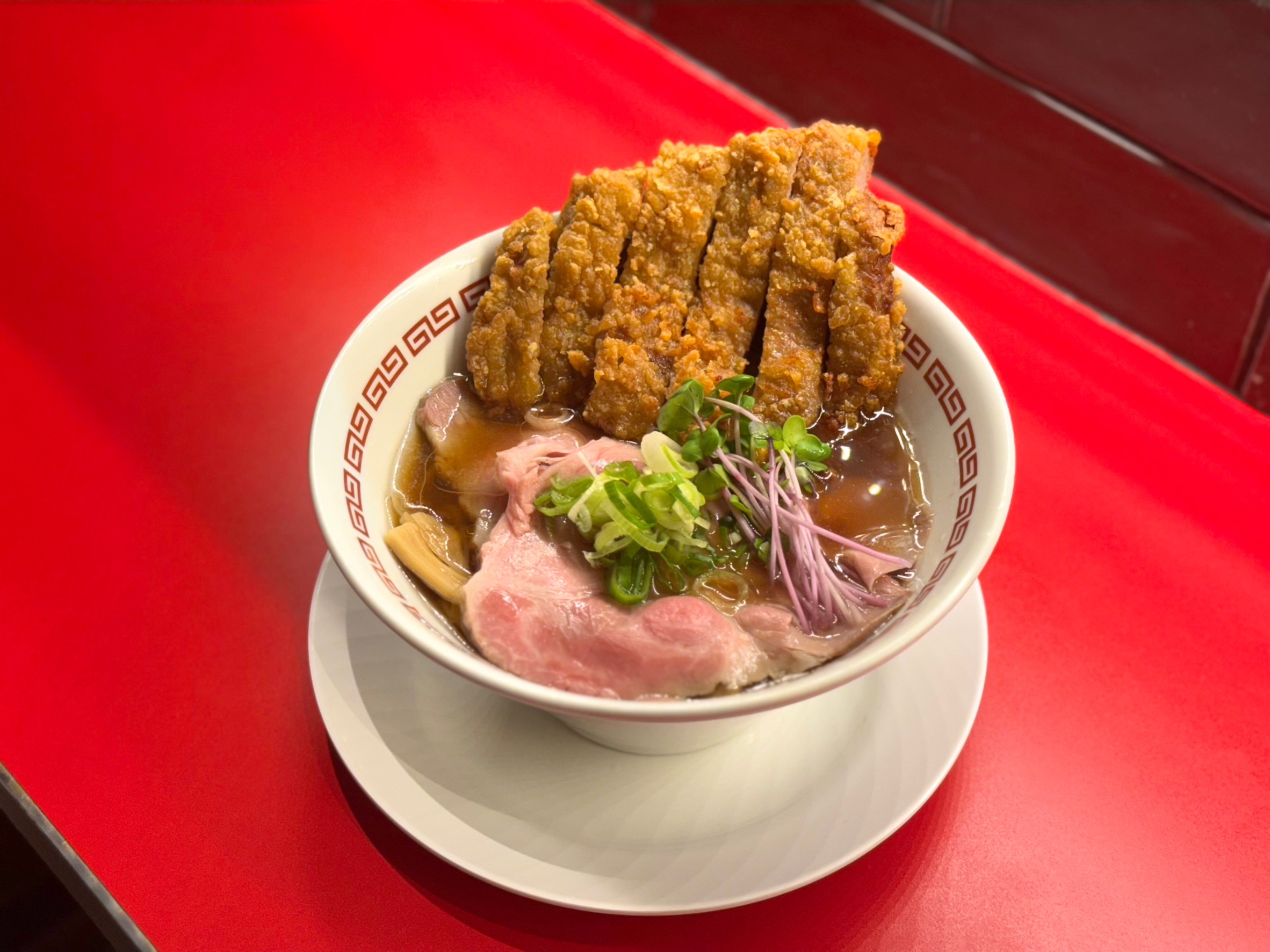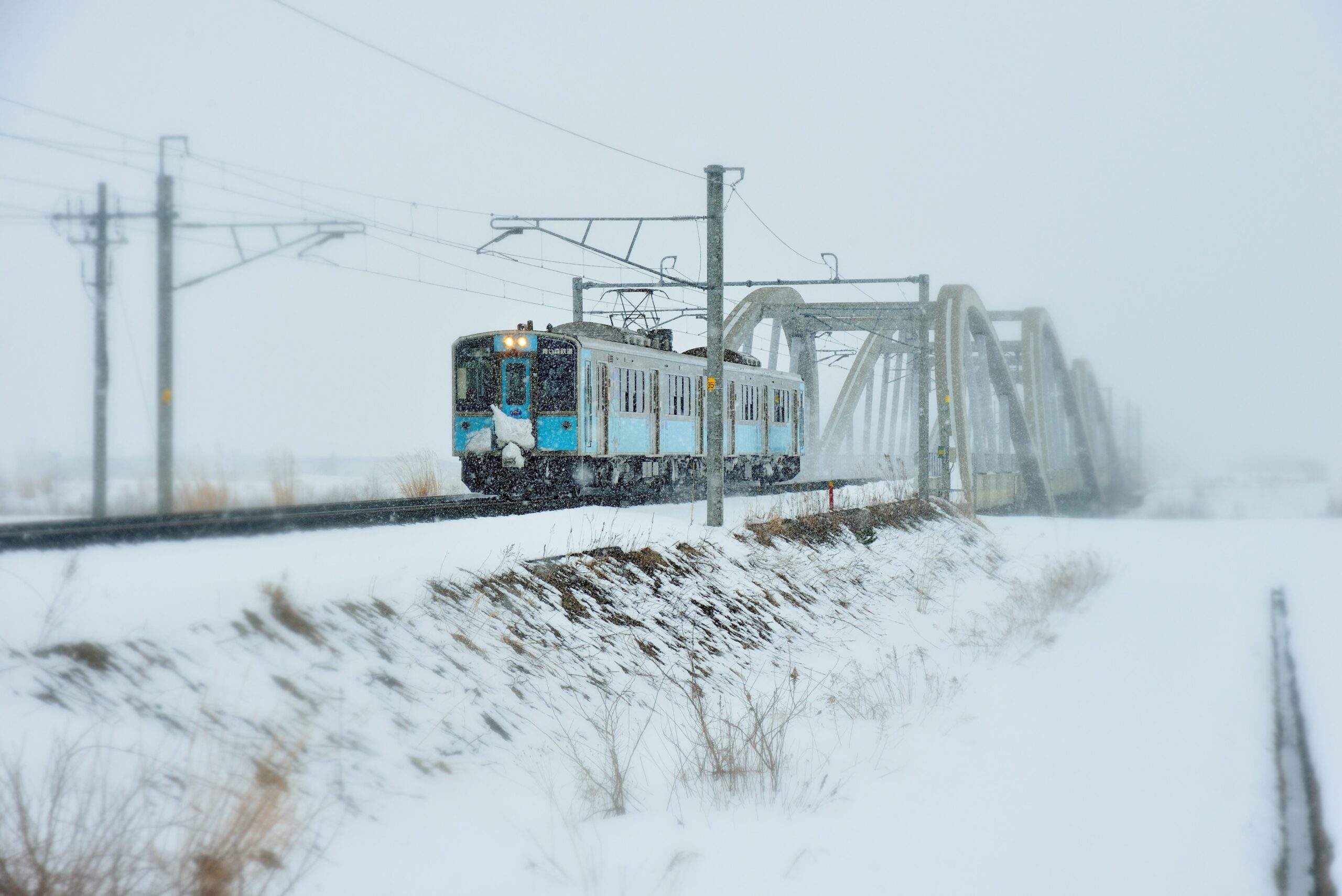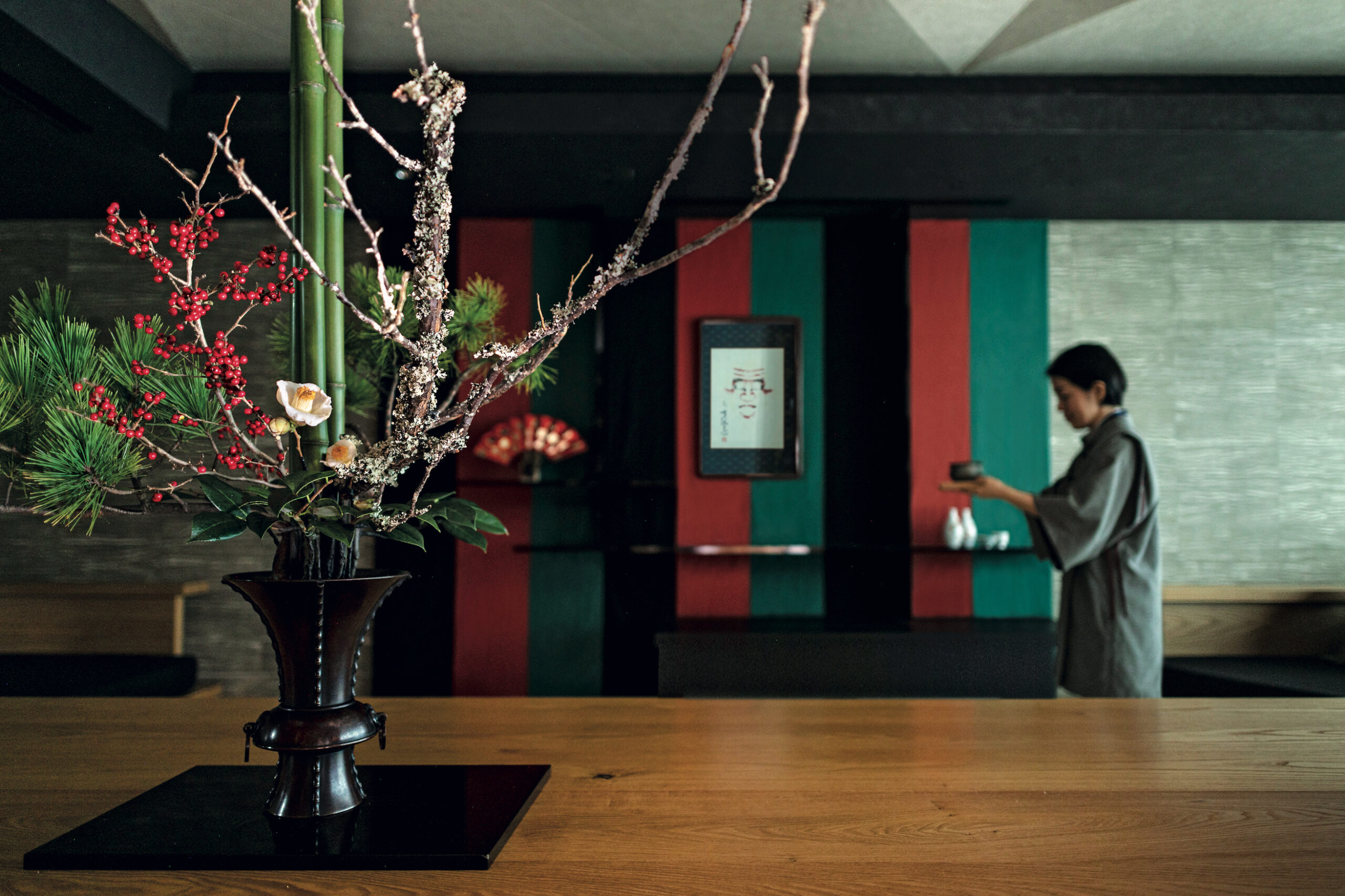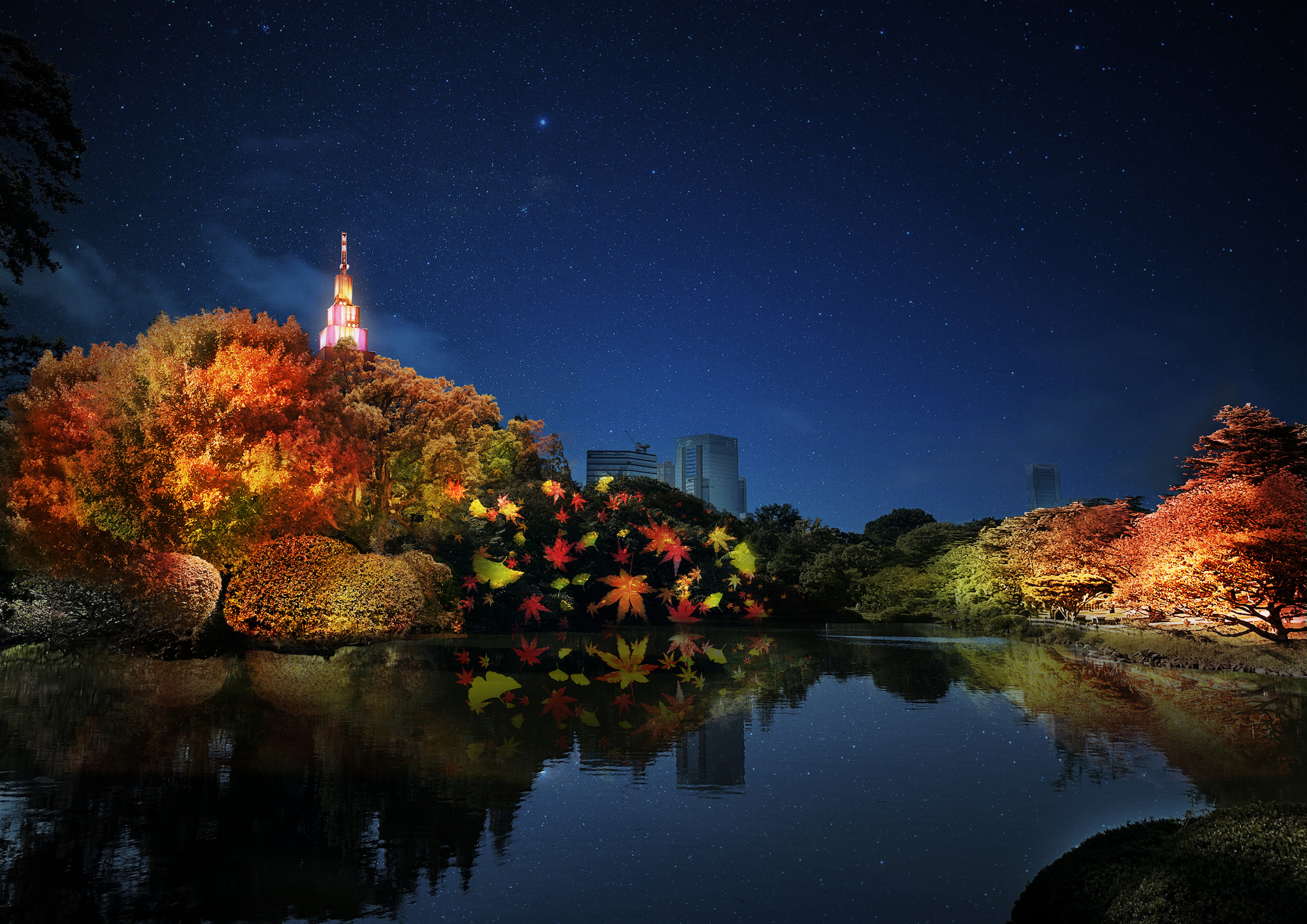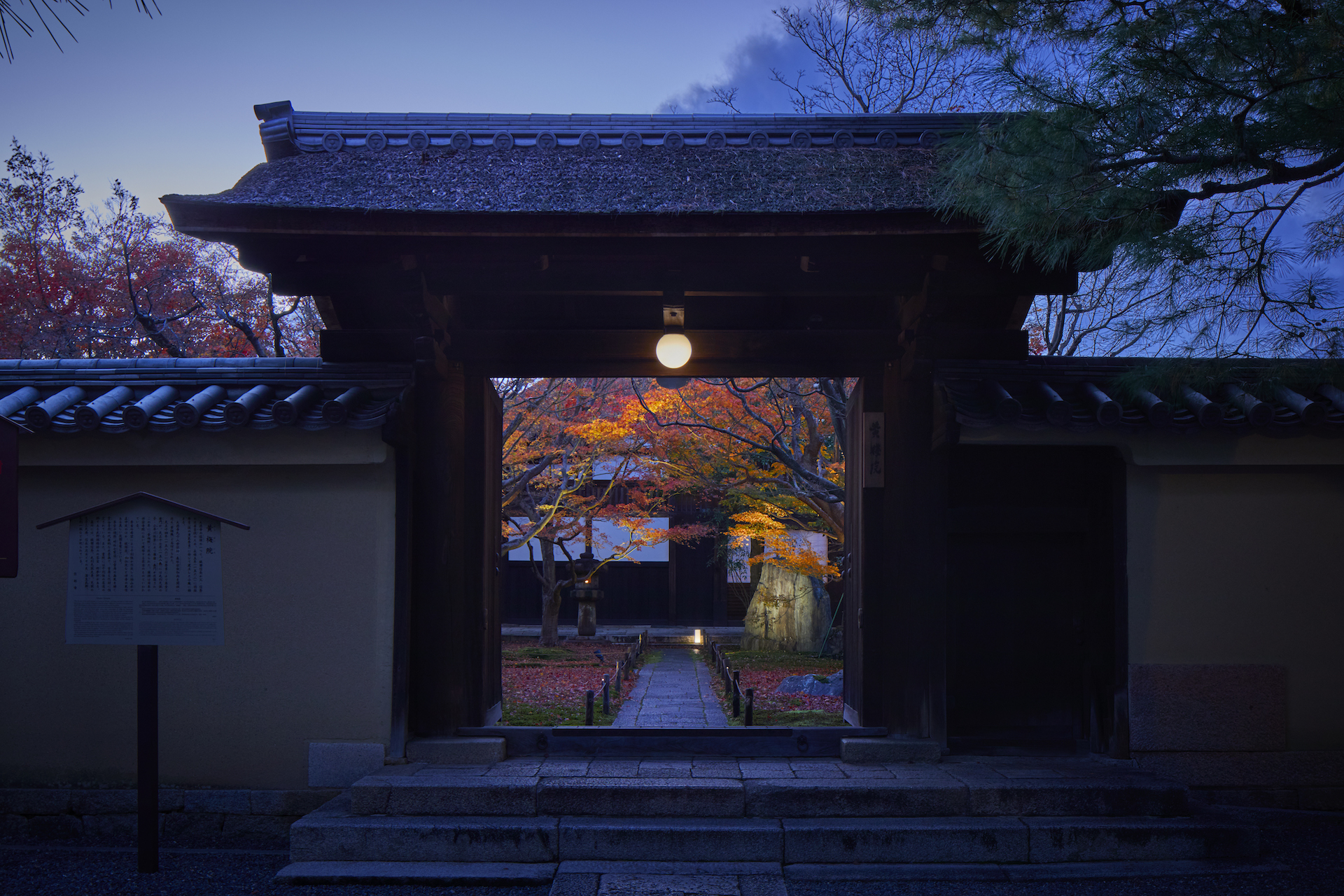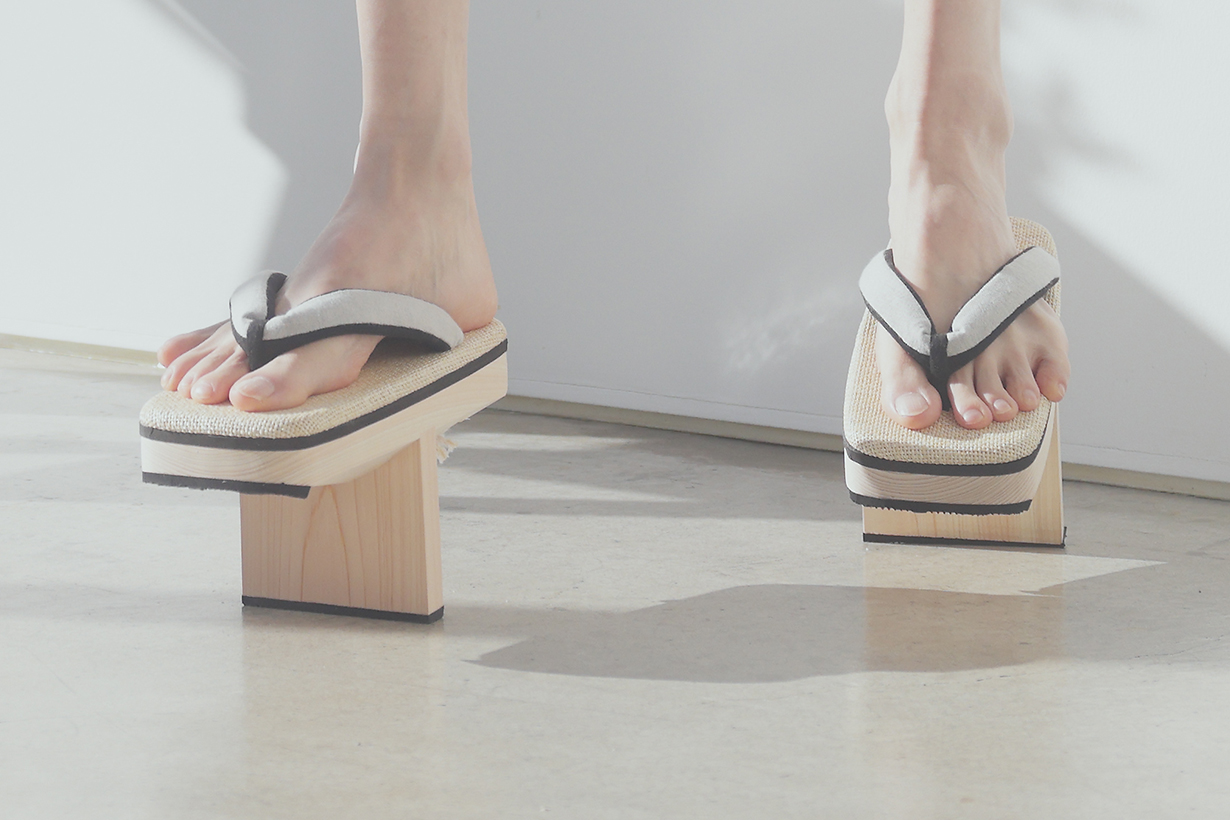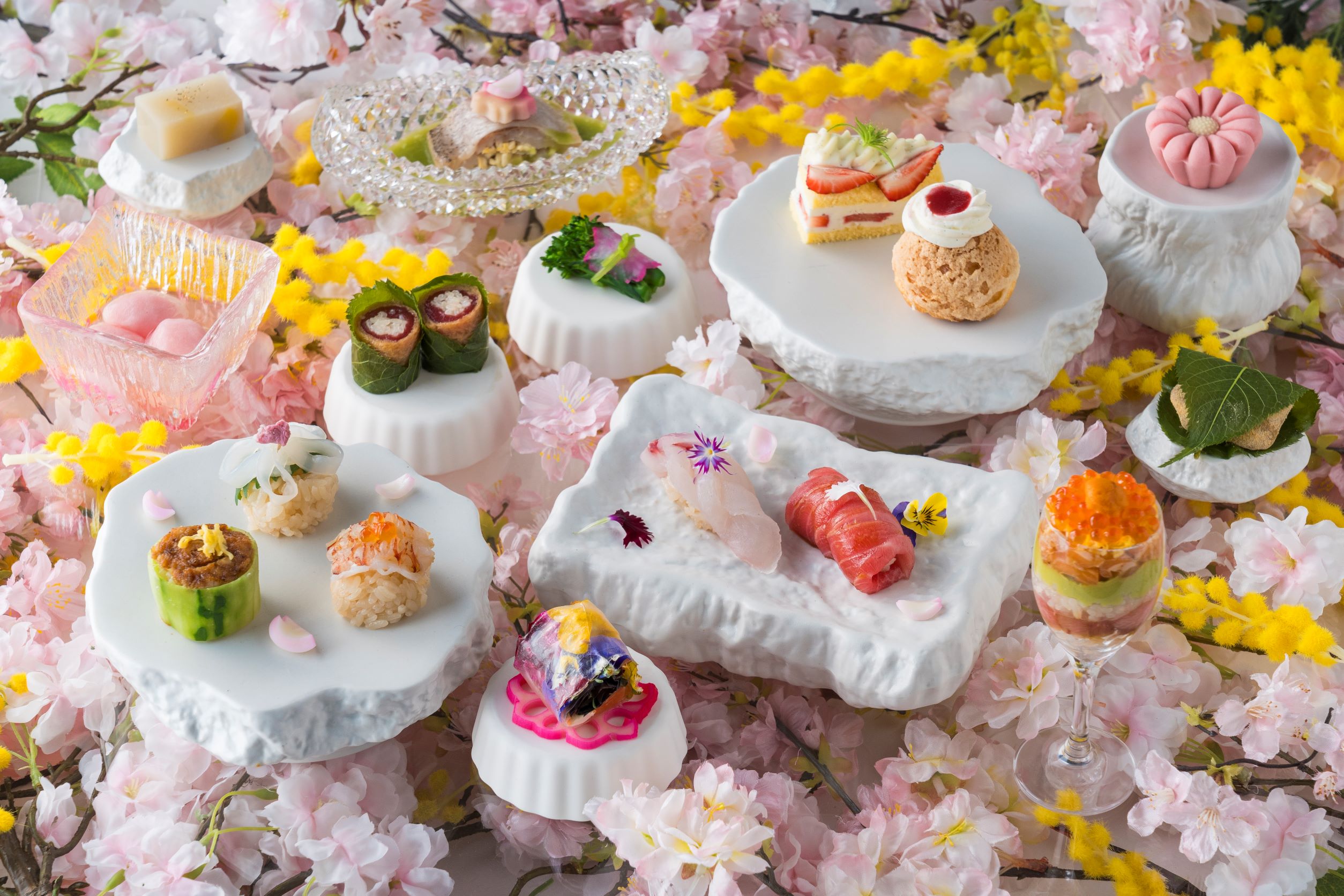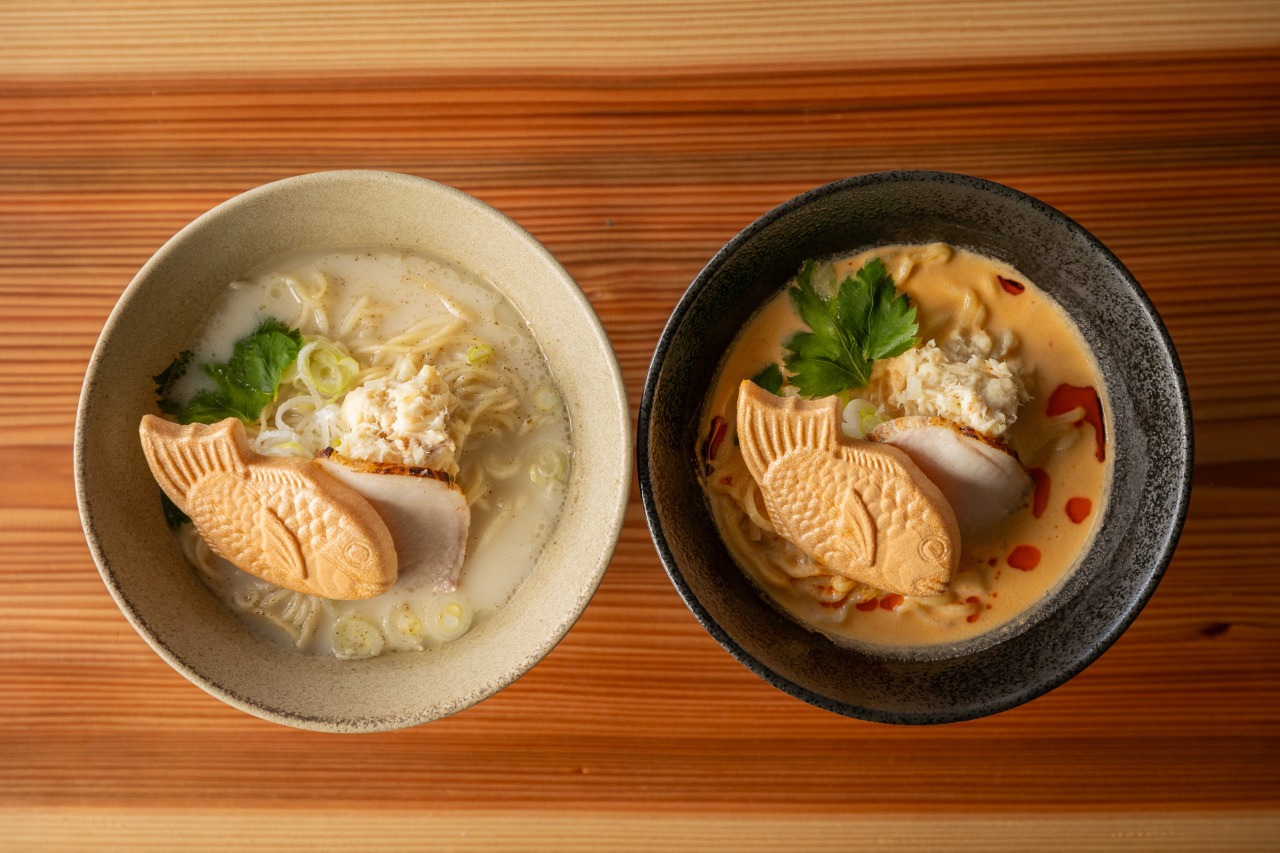About the art room "Koufu"
A suite room with an open-air bath where you can experience the world of works by contemporary artist Yukinori Yanagi while staying overnight.
When you enter the iron door that is common to the lobby and gallery that was reopened in April last year, you will be greeted by a corridor that can be said to be a symbol of Yanagi’s work. Beyond that, there is a bedroom, a dining room, and two ingenious open-air baths.
With Mr. Naoto Ishii, a ceramist, Mr. Genbei Yamaguchi, the 10th generation of obi masters, Mr. Akira Kusumi, a plasterer, Mr. Hatano Wataru, a Japanese paper craftsman, and writers and craftsmen who use traditional techniques based in Tamba, Kyoto, and Mr. Yanagi. In the space as a contemporary art work created by the collaboration of. You can enjoy a unique accommodation experience along with the dishes prepared by the chef, Kunihiko Hosoi.
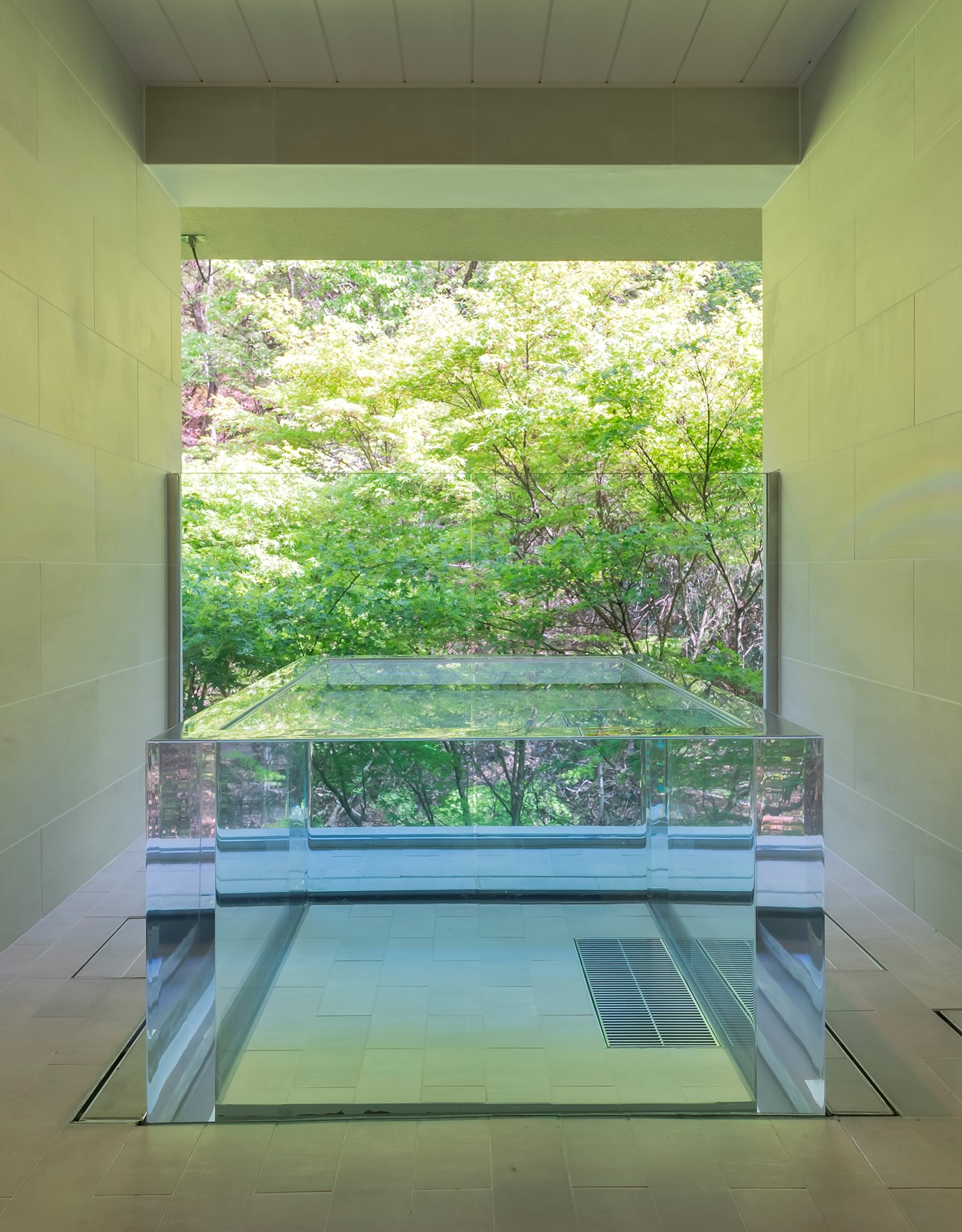
A heavenly bath where a rainbow appears at dusk (Photo: Ryodo Izumiyama)
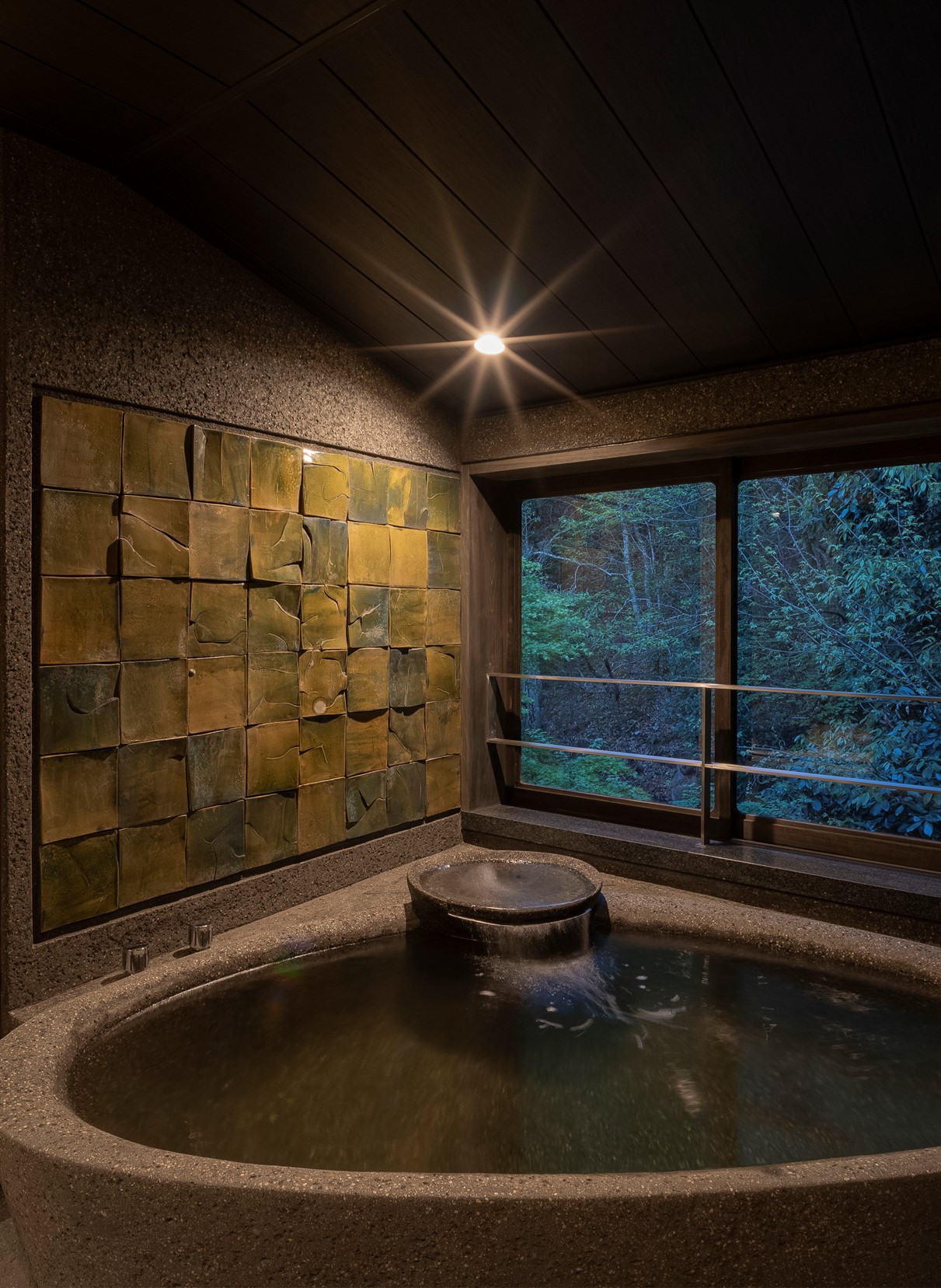
A local bath with Mr. Kuzumi's plastering technique and Mr. Ishii's Oribe ware ceramic plate (Photo: Ryodo Izumiyama)
<Message from Yukinori Yanagi>
The project at Sumiya Kamemine is an attempt to combine traditional Japanese space and contemporary art for an inn.
This project started with the concept of connecting the lobby and art gallery “Hyakuyo”, which welcomes travelers, to the private guest room “Koufu”, which is integrated with art, with a tunnel that represents the inside and outside, the heavens and the earth. It is inspired by the passage of Lee Haku’s poem, “My husband, heaven and earth, is a reverse journey of all things, and the light and shade is a hundred generations.”
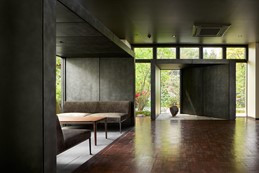
Lobby and gallery where Mr. Yanagi's sculptural and architectural sense shines (Photo: Ryodo Izumiyama)
When you open the heavy door made of iron plate that continues from “Hyakuyo”, the tunnel to the heavens and the tunnel to the earth welcome the overpassers (travelers).
In the guest room that represents the heavens, the rainbow from the prism by the transparent and minimalistic water cube bathtub that imagines the sky expresses the visual heaven. I asked Mr. Hatano Wataru, a Japanese paper craftsman, for the wall of the chrysanthemum work of the Western-style room and the wall of the corridor of Icarus.
On the other hand, as a representation of the earth, a torn jar that was burned and deformed at a high temperature of over 1200 degrees Celsius by a potter, Naoto Ishii, was made to face the heavens with a fluttering flame from the crevice of the jar. In addition, the plasterer Akira Kusumi’s tub that seems to be embraced in the ground, the earthen wall that reminds us of the setting sun that burns before sunset, and the green of the trees in the back mountain and the green of Mr. Ishii’s Oribe glaze A porcelain plate is placed on the wall to create a space that expresses the life of the earth and the fetal movement of death and regeneration.
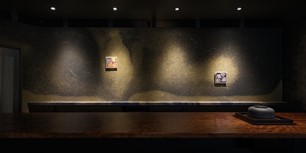
The clay wall of "Taian" reproduced by Mr. Kuzumi and the work of Mr. Yanagi, which can be seen through the counter of the single plate Bubinga where the tea pot is placed (Photo: Ryodo Izumiyama)
Jakuchu’s chrysanthemum flowers, inspired by the obi master Genbei Yamaguchi, are planned to be placed in the guest room of the Japanese-style room between the heavens and the earth.
In Zen language, “calling wind” is sometimes referred to as a person with a mysterious and wonderful ability because it has the power to call the wind, but it is a space created in collaboration with a master who has such ability. Hopes to bring in a new style of fusion of Japanese traditional culture and contemporary art.
From my work “Chrysanthemum and Sword” by the Japanese sword that was set up between the wall of the chrysanthemum pattern that was set up between the heavens and the earth, the story of the rebirth of modern Japan-the wings are burned and crashed because it is too close to the heavens. If you have a dream about Icarus, it is your dream as a reverse trip to welcome the overkill of a hundred generations.
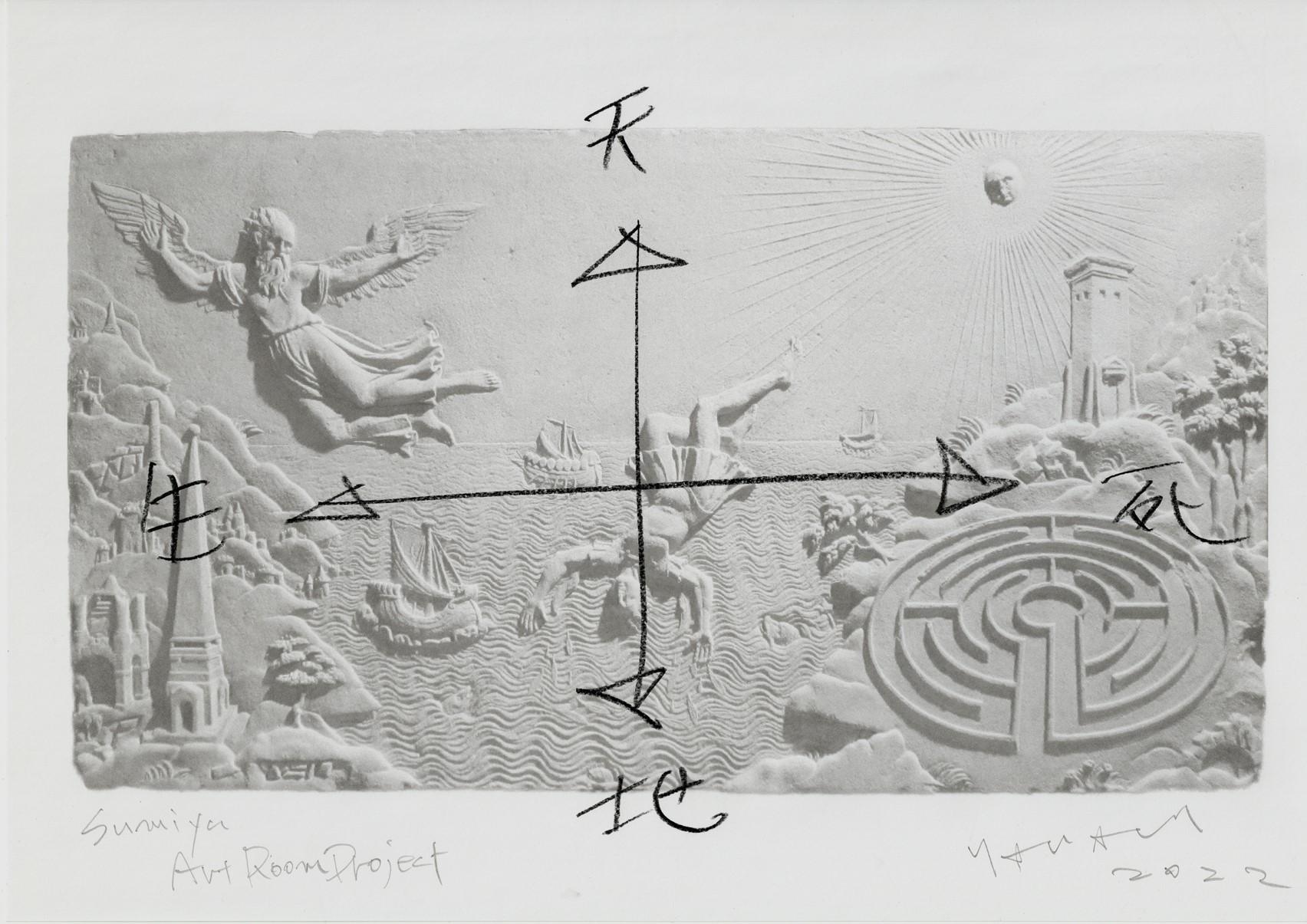
Concept drawing of art room project by Mr. Yanagi (Photo: Ryodo Izumiyama)
Sumiya Kamemine
| Location: |
25 Kakihana Miyanooku, Hiedano-cho, Kameoka-shi, Kyoto 621-0036 |
| TEL: |
0771-22-7722 |
| Access: |
From Kyoto Station, get off at Kameoka Station on the JR Sagano Line and drive for about 15 minutes. |
>Sumiya Kamemine official website
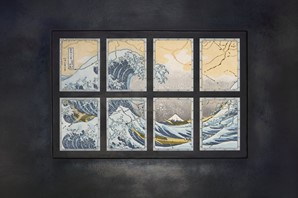
A work quoting "Kanagawa Okinami Ura" by Katsushika Hokusai, which is permanently exhibited at the entrance of the inn. Study for Japanese Art -Hokusai- (Photo: Ryodo Izumiyama)
<Profile of contemporary artist Yukinori Yanagi>
Born in Fukuoka Prefecture in 1959. He completed the Department of Sculpture, Faculty of Fine Arts, Yale University.
In 1993, he was selected for the 45th Venice Biennale and was the first Japanese to win the Aperto category. He has since set up a studio in New York and has been invited to many international exhibitions such as the 1996 Sao Paulo Biennale (Brazil) and the 1997 Biennale de Lyon (France). At the 2000 Whitney Biennial, he was the first foreigner to be selected as a writer living in New York.
When he was invited to a solo exhibition with the opening of the Naoshima Contemporary Art Museum (at that time) in 1992, he met Inujima, where the ruins of a copper smelter are located, and in 1995 he came up with the “Inujima Art Project”. In 2008, he completed the “Inujima Seirensho Museum”, a museum that combines the modern industrial remains of the Meiji era and the message of Yukio Mishima of the Showa era with renewable energy technology.
His works are stored in many museums such as the Museum of Modern Art in New York and the Tate Gallery in England, and provocative works with humor and sociality are always controversial, and his creative activities do not fit within the framework of art.
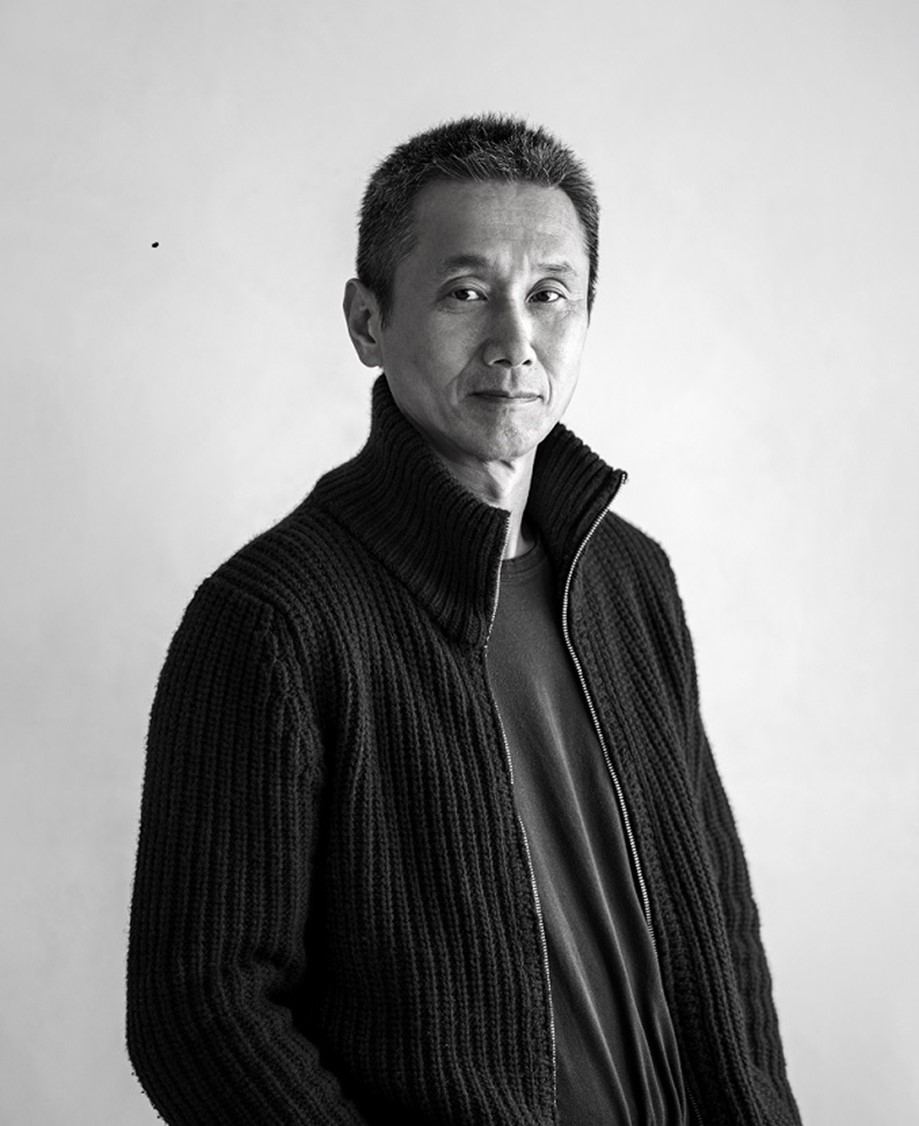
Yukinori Yanagi Photo by Hideyo Fukuda
